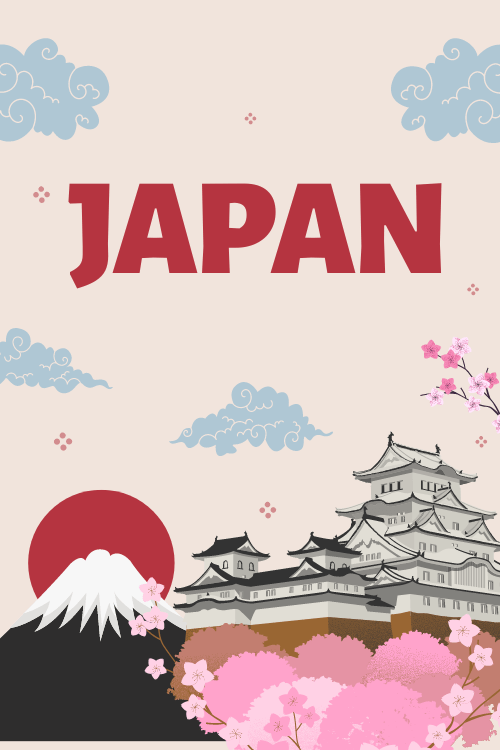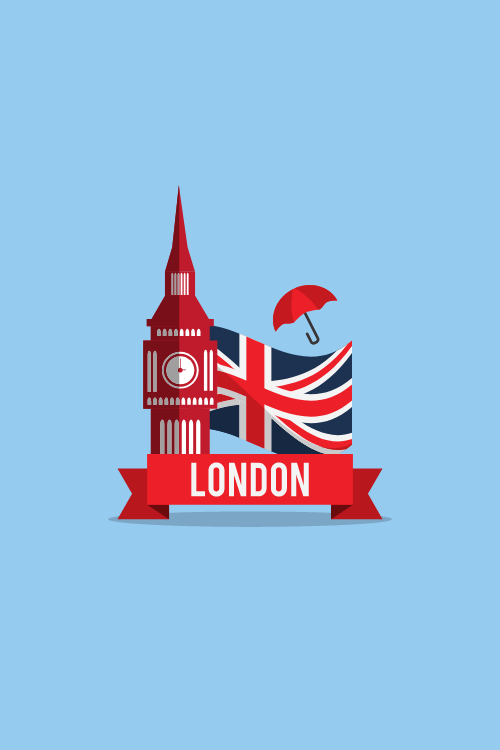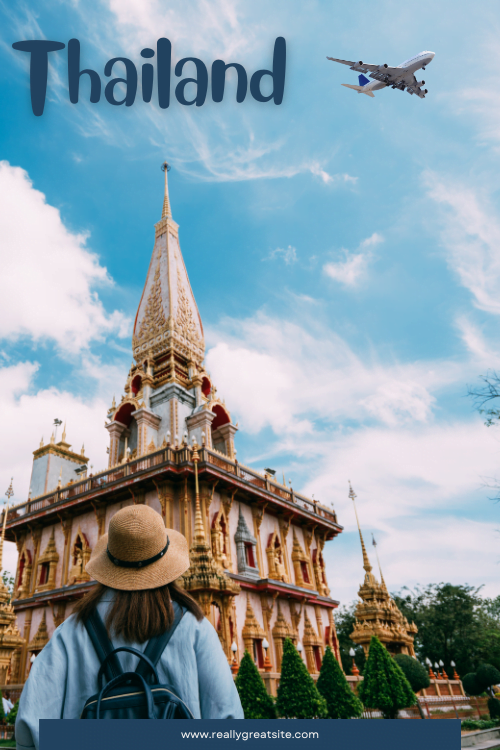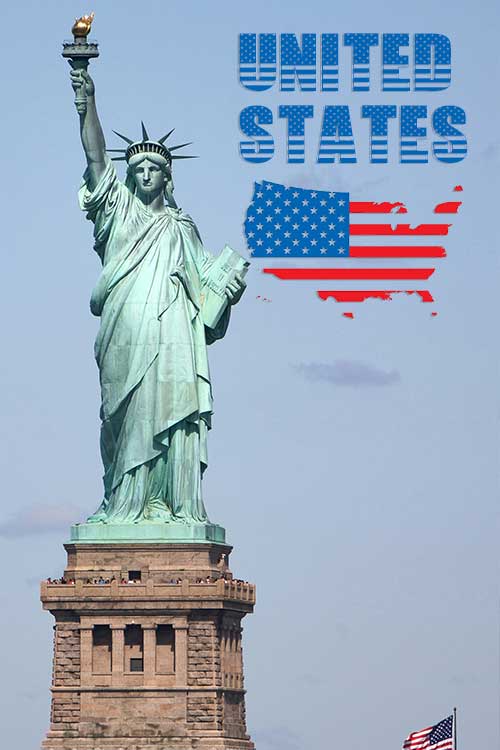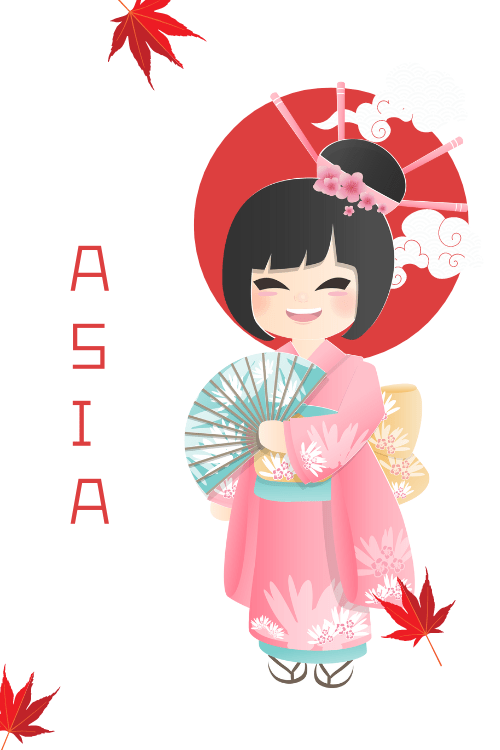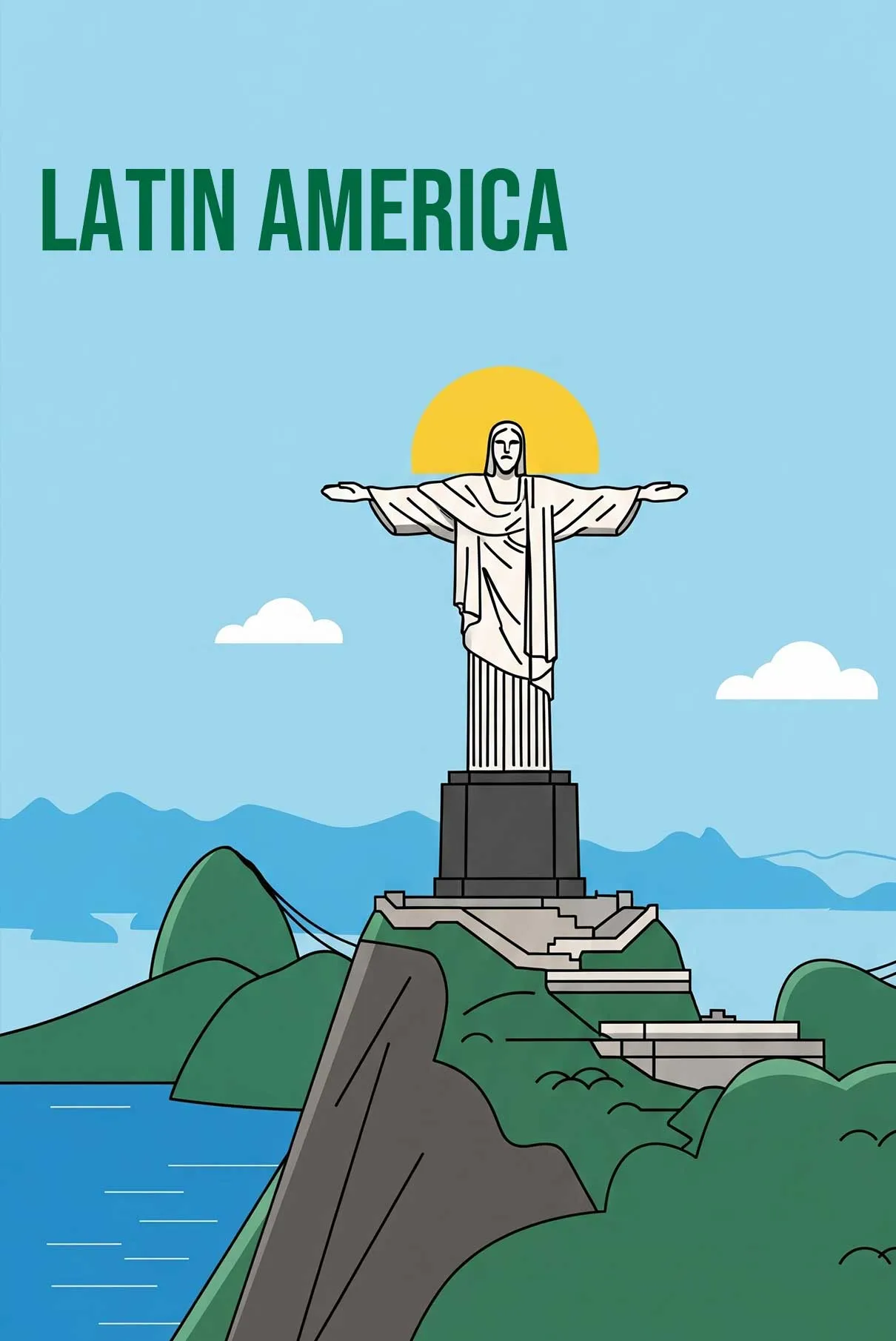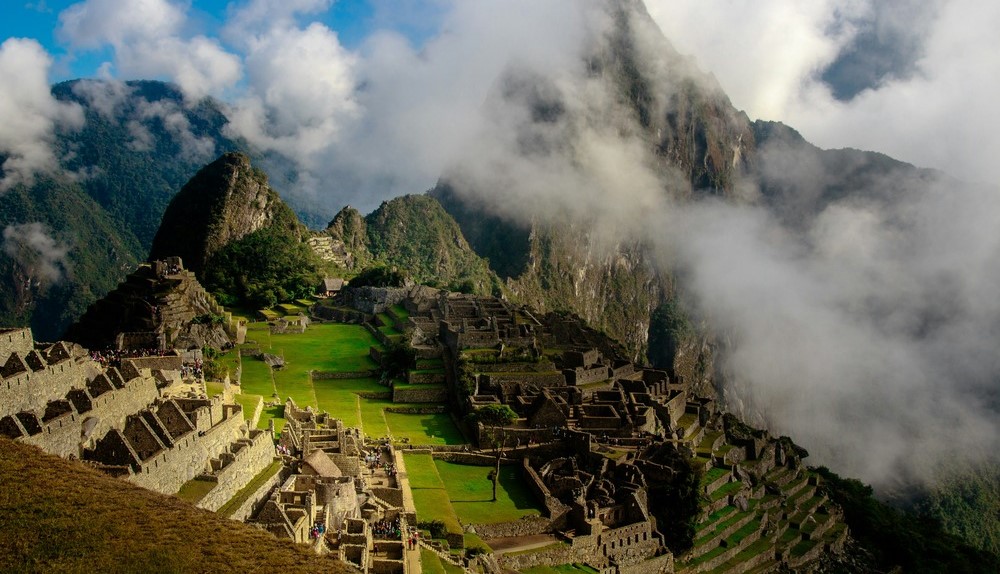Travel
The Best Time to Visit Peru (Updated Guide)
You’ve dreamed of standing atop Machu Picchu at sunrise, wandering the colonial streets of Cusco, and exploring the Amazon rainforest. But timing your Peru adventure perfectly can mean the difference between a dream trip and a challenging one.
Peru isn’t just one climate – it’s like three countries wrapped into one. From the misty coast of Lima to the soaring Andes and the lush Amazon basin, each region dances to its own seasonal rhythm.
Understanding Peru’s Climate Zones
Picture Peru as a layer cake of climates. The coastal strip along the Pacific runs cool and mild, while the Andean highlands reach for the sky with dramatic temperature swings. Meanwhile, the Amazon rainforest stays perpetually warm and humid, like nature’s greenhouse.
| Region | Climate Type | Temperature Range | Key Characteristics |
|---|---|---|---|
| Coastal | Desert/Mediterranean | 60-80°F (15-27°C) | La Garúa fog (May-Sept), Sunny summers |
| Andean Highlands | Alpine | 35-70°F (2-21°C) | Dry winters, Wet summers |
| Amazon Rainforest | Tropical | 70-90°F (21-32°C) | High humidity, Year-round rainfall |
Along the coast, you’ll find Lima wrapped in its characteristic garúa – a thick blanket of fog that locals have learned to embrace from May through September. It’s nature’s air conditioning system at work.
The Andean highlands, home to Cusco and Machu Picchu, play by different rules. Here, altitude is the game-changer. At 11,152 feet (3,399 m), Cusco’s thin air will remind you that you’re walking in the footsteps of the Inca empire.
The Amazon tells yet another story. Whether you’re heading to Iquitos or Puerto Maldonado, prepare for nature’s sauna – hot, humid, and teeming with life year-round.
When Should You Visit Peru?
What’s your main reason for visiting Peru?
What’s your tolerance for crowds?
What’s your budget preference?
How do you feel about rain?
Your Ideal Time to Visit Peru
Seasons in Peru: When to Visit Each Region
Forget what you know about traditional seasons. Peru marches to the beat of two main seasons – dry and wet – with some interesting variations depending on where you are.
The Dry Season (May to September)
This is what locals call winter, but you might find it feels more like perfect spring days. The Andean highlands shine during these months, making it the peak season for Machu Picchu and Sacred Valley adventures.
| Dry Season Features | Benefits | Challenges |
|---|---|---|
| Clear, sunny skies | Perfect for trekking | Higher tourist crowds |
| Minimal rainfall | Best photography conditions | Peak season prices |
| Cooler temperatures | Ideal Inca Trail conditions | Need to book months ahead |
Your morning treks in Cusco might start at a brisk 35°F (2°C), but by afternoon, you’ll be comfortable in short sleeves. Pack layers – you’ll need them.
The Wet Season (November to March)
Summer in Peru brings the rains, transforming the landscape. While the Andes turn emerald green, trekking becomes more challenging. However, this season holds its own special charm.
| Wet Season Features | Benefits | Challenges |
|---|---|---|
| Regular rainfall | Lower tourist numbers | Muddy trails |
| Warmer temperatures | Better deals on accommodation | Some trail closures |
| Lush landscapes | Perfect for Amazon visits | Inca Trail closes in February |
Coastal Peru flips the script during these months. While the highlands are getting soaked, Lima sheds its grey garúa for sunny beach days.
Shoulder Seasons (April and October)
These transition months can be your secret weapon for avoiding crowds while still enjoying decent weather.
| Shoulder Season Features | Benefits | Challenges |
|---|---|---|
| Variable weather | Lower prices | Unpredictable conditions |
| Fewer tourists | More availability | Need flexible plans |
| Moderate temperatures | Good for photography | Some rain possible |
You might catch the occasional shower, but you’ll also find fewer tourists at major sites and more opportunities for authentic local interactions.
Regional Weather Patterns: A Closer Look
Understanding Peru’s regional weather helps you plan your daily activities and pack appropriately. Each zone offers a distinctly different experience throughout the year.
Coastal Peru: Lima and Beyond
The capital city of Lima might surprise you with its microclimate. Despite being in a desert, it’s rarely hot and sunny.
| Season | Temperature | Conditions | Best Activities |
|---|---|---|---|
| Summer (Dec-Mar) | 70-80°F (21-27°C) | Sunny, humid | Beach visits, surfing |
| Winter (May-Sep) | 60-70°F (15-21°C) | Foggy, misty | City tours, museums |
The northern beaches near Máncora dance to their own rhythm, staying sunny and warm year-round. It’s like they’ve made a deal with the sun to keep the good times rolling.
Andean Highlands: Cusco and Machu Picchu Magic
The highlands follow a more dramatic weather pattern, where altitude plays the leading role in your experience.
| Season | Temperature | Conditions | Activities |
|---|---|---|---|
| Dry (May-Sep) | 35-70°F (2-21°C) | Clear, cold nights | Inca Trail, hiking |
| Wet (Nov-Mar) | 45-65°F (7-18°C) | Afternoon rains | Cultural visits |
Cusco’s weather can change faster than you can say “Pachamama.” You might start your morning wearing a jacket, strip to a t-shirt by noon, and need that jacket again by sunset.
Amazon Rainforest: A World of Its Own
Whether you’re heading to Iquitos or Puerto Maldonado, the Amazon plays by tropical rules.
| Season | Temperature | Conditions | River Levels |
|---|---|---|---|
| High Water (Dec-May) | 75-90°F (24-32°C) | Very humid, frequent rain | Perfect for cruising |
| Low Water (Jun-Nov) | 75-95°F (24-35°C) | Humid, occasional rain | Better for hiking |
The rainforest doesn’t really do “dry” – it’s more a question of “less wet.” High water season transforms the Amazon into a water world, where you’ll canoe through flooded forests spotting wildlife from a unique perspective.
Cold fronts called “friajes” can occasionally sweep through, dropping temperatures into the 50s°F (10-15°C). They’re rare but worth being prepared for.
Activities and Events by Season: Making the Most of Your Visit
The rhythm of Peru’s activities flows with its seasons, each offering unique experiences you won’t want to miss.
Trekking and Hiking Seasons
The Inca Trail and other mountain treks deserve careful timing consideration.
| Month | Trail Conditions | Booking Tips |
|---|---|---|
| May-Sep (Peak) | Dry, clear skies | Book 6+ months ahead |
| Oct-Apr | Varying rainfall | More availability |
| February | Inca Trail closed | Consider alternative treks |
During the dry season (May-September), you’ll find perfect trekking conditions with clear, sunny days and cold, star-filled nights. The popular Inca Trail to Machu Picchu becomes a bustling pathway of adventurers from around the world. But don’t let the crowds deter you – the weather is optimal for photography, and the ancient stone paths are at their least slippery.
The alternative Salkantay Trek winds through stunning mountain passes and subtropical forests. While more challenging than the classic Inca Trail, it rewards you with fewer crowds and no permit requirements. You’ll traverse passes at 15,000 feet before descending into cloud forests teeming with orchids.
Amazon Adventures
The mighty Amazon transforms dramatically with the seasons, each bringing its own magic.
| Season | Wildlife Activity | River Experience | Access |
|---|---|---|---|
| High Water (Dec-May) | More bird watching, canopy life | Better river access, flooded forests | Deeper jungle penetration |
| Low Water (Jun-Nov) | More land animals, fishing | Better hiking, beach camping | Easier land exploration |
During high water season, the Amazon becomes a water world. Rivers can rise up to 23 feet, creating an enchanting flooded forest ecosystem. You’ll glide in small boats through tree canopies, spotting monkeys, sloths, and countless bird species at eye level. The pink river dolphins are particularly active during this time, playing in the expanded waterways.
Low water season reveals hidden beaches along the riverbanks, perfect for camping and stargazing. Fishing becomes excellent as fish concentrate in the smaller water bodies. You’ll have better chances of spotting jaguar prints in the exposed mud and encountering land mammals coming to drink at the river’s edge.
Cultural Festivals and Events
Peru’s festival calendar is a vibrant tapestry of indigenous and Catholic traditions.
| Festival | Date | Location | Experience | Significance |
|---|---|---|---|---|
| Virgen de la Candelaria | February | Puno | Dancing, music, costumes | Largest folk festival in Peru |
| Inti Raymi | June 24 | Cusco | Inca sun festival, ceremonies | Winter solstice celebration |
| Virgen del Carmen | July | Pisco | Religious processions, dancing | Patron saint festivities |
| Fiestas del Cusco | June | Cusco | Week-long celebrations | City’s anniversary |
The Virgen de la Candelaria transforms Puno into an explosive celebration of color and sound. Over 200 dance groups perform in elaborate costumes, with competitions and processions lasting two weeks. Book accommodations months in advance – the entire city fills with visitors.
Inti Raymi recreates the ancient Inca festival of the sun at the fortress of Sacsayhuamán. Hundreds of actors perform traditional ceremonies in authentic Inca costumes. While tickets for the main event can be pricey, you can enjoy free celebrations throughout Cusco during the week.
Coastal Activities
The Pacific coast offers year-round activities with distinct seasonal highlights.
| Season | Best Activities | Natural Phenomena | Special Notes |
|---|---|---|---|
| Summer (Dec-Mar) | Swimming, surfing, beach life | Warm currents, clearest skies | Best for beach vacations |
| Winter (Jun-Aug) | Whale watching, wildlife tours | Sea lion breeding, bird migrations | Cooler temperatures |
| Shoulder (Apr-May, Sep-Nov) | Sport fishing, paragliding | Mixed conditions | Less crowded |
Summer brings Lima’s residents to the beaches of Asia and Máncora, where the water temperatures are perfect for swimming and surfing. The northern beaches stay warm year-round, making them a great escape from Lima’s winter fog.
During winter months, the Paracas National Reserve becomes a wildlife haven. Thousands of sea lions gather for breeding season, and you might spot Humboldt penguins waddling along the shores. Whale watching tours operate from July to October, offering chances to see humpback whales on their migration routes.
Planning Tips: Making Your Peru Trip Perfect
Smart planning can transform your Peruvian adventure from good to extraordinary. Let’s break down the essential elements you’ll need to consider.
Booking Windows and Timing
Understanding when to book different aspects of your trip is crucial for success.
| Activity/Service | When to Book | Peak Season Notes | Off-Season Notes |
|---|---|---|---|
| Inca Trail | 6-8 months ahead | Often sells out a year ahead | 3-4 months ahead possible |
| Machu Picchu Entry | 3-4 months ahead | Same-day tickets rare | Day-before possible |
| Hotels in Cusco | 3-4 months ahead | 5-6 months for luxury hotels | 1-2 weeks possible |
| Amazon Lodges | 2-3 months ahead | 4 months for popular lodges | 2-4 weeks possible |
Don’t leave your Inca Trail dreams to chance. During peak season (June-August), permits vanish faster than morning mist in the Sacred Valley. If you’re eyeing this classic trek, booking 6-8 months ahead isn’t just recommended – it’s essential.
For Machu Picchu visits without the Inca Trail, you still need to plan ahead. The site now operates in morning and afternoon shifts, with limited daily visitors. Book your preferred time slot well in advance, especially if you want to climb Huayna Picchu.
Packing Essentials
Your packing strategy needs to account for multiple climates and activities.
| Region | Essential Items | Weather Considerations | Special Needs |
|---|---|---|---|
| Highlands | Layers, warm jacket, rain shell | Temperature swings 30-40°F daily | Sun protection for altitude |
| Coast | Light layers, windbreaker | Humid summers, cool winters | Swimming gear (Dec-Mar) |
| Amazon | Quick-dry clothes, insect repellent | Always hot and humid | Long sleeves for protection |
High-altitude destinations like Cusco demand strategic layering. Start with a moisture-wicking base layer, add an insulating middle layer, and top with a waterproof shell. You’ll be peeling layers off and putting them back on throughout the day.
Don’t forget crucial items like:
- High SPF sunscreen (the altitude makes sun exposure intense)
- Good walking shoes (broken in before your trip)
- Stomach medicine (while adjusting to local cuisine)
- Portable charger (for long days of photos)
Budget Planning
Understanding seasonal price variations helps you maximize your travel budget.
| Season | Accommodation Costs | Activity Prices | Money-Saving Tips |
|---|---|---|---|
| Peak (Jun-Aug) | 30-50% higher | Limited discounts | Book package deals |
| Shoulder (Apr-May, Sep-Oct) | Regular rates | Some discounts | Look for combo tickets |
| Low (Nov-Mar) | 20-30% lower | Best deals | Negotiate longer stays |
Consider traveling during shoulder season for the best value. You’ll find better deals on hotels and tours, plus more room to negotiate on longer stays. Many hotels offer third or fourth-night-free deals during this time.
Health and Altitude Considerations
Preparing for altitude changes needs careful planning.
| Altitude | Location | Acclimatization Time | Recommendations |
|---|---|---|---|
| Sea Level | Lima | None needed | Start trip here |
| 11,152 ft | Cusco | 2-3 days minimum | Take it easy first days |
| 7,972 ft | Machu Picchu | 1-2 days | Visit after Cusco |
| 12,500 ft | Sacred Valley | 2-3 days | Consider staying here first |
Start your highland journey gradually. Consider spending your first nights in the Sacred Valley (lower than Cusco) to ease into the altitude. Many travelers make the mistake of rushing to Machu Picchu, only to find themselves battling altitude sickness.
Making Your Peru Experience Truly Memorable
Let’s dive deep into the final considerations that will elevate your Peruvian journey from memorable to extraordinary.
Best Time to Visit by Interest
Your ideal timing depends on your priorities, and each season offers unique advantages.
| Primary Interest | Best Time | Why | Alternative Time |
|---|---|---|---|
| Photography | May-September | Clearest skies, dramatic light | April/October for green landscapes |
| Cultural Immersion | June | Major festivals, perfect weather | February for Candelaria |
| Budget Travel | November-March | Lower prices, fewer tourists | April/October shoulder seasons |
| Wildlife | July-September | Amazon dry season, coastal wildlife | December-March for bird watching |
For photographers, the dry season (May-September) offers reliably clear skies and dramatic lighting conditions. Morning mist rising from Machu Picchu creates ethereal scenes, while the crisp mountain air provides exceptional visibility for landscape shots. However, if you’re after lush, green landscapes, consider the shoulder seasons when recent rains have refreshed the vegetation.
Cultural enthusiasts should aim for June, when Cusco comes alive with Inti Raymi and other festivals. The entire month is a celebration of Andean culture, with daily performances, parades, and ceremonies. February brings the spectacular Virgen de la Candelaria festival in Puno, featuring thousands of dancers and musicians in elaborate costumes.
Optimal Trip Combinations
Strategic planning of your route maximizes your experience while minimizing travel fatigue.
| Duration | Suggested Combination | Key Activities | Transit Tips |
|---|---|---|---|
| 1 Week | Lima + Cusco + Machu Picchu | Food tours, ruins, hiking | Fly between cities |
| 2 Weeks | Add Sacred Valley + Amazon | Cultural sites, river tours | Mix flights and scenic buses |
| 3 Weeks | Add Northern Peru or South Coast | Archaeological sites, beaches | Consider Peru Hop passes |
Detailed 2-Week Itinerary Breakdown:
- Days 1-2: Lima
- Day 1: Historical center, Plaza Mayor
- Day 2: Miraflores/Barranco, food tour
- Evening: Fly to Cusco, sleep in Sacred Valley
- Days 3-5: Sacred Valley
- Day 3: Pisac ruins and market
- Day 4: Ollantaytambo fortress
- Day 5: Moray and salt mines
- Stay in lower altitude for acclimatization
- Days 6-8: Cusco
- Day 6: Easy walking tour, San Blas
- Day 7: Sacsayhuamán and nearby ruins
- Day 8: Free day for museums or day trips
- Build in rest time for altitude adjustment
- Days 9-10: Machu Picchu
- Day 9: Early train, afternoon at ruins
- Day 10: Sunrise visit, optional hike
- Consider overnight in Aguas Calientes
- Days 11-14: Amazon
- Choose between:
- Puerto Maldonado (easier access)
- Iquitos (more remote, unique experiences)
- Allow time for multiple excursions
- Choose between:
Comprehensive Planning Checklist
Six Months Before:
- Book Inca Trail permits if hiking
- Reserve preferred accommodations
- Start physical conditioning for altitude
- Check passport validity
Three Months Before:
- Book internal flights
- Secure Machu Picchu tickets
- Schedule major tours and activities
- Get vaccinations
One Month Before:
- Purchase travel insurance
- Download offline maps
- Begin language practice
- Break in hiking boots
One Week Before:
- Check weather forecasts
- Print all reservations
- Inform bank of travel
- Pack by region/activity
Need Mobile Data While Traveling in Peru?
Stay connected throughout your Peruvian adventure with an eSIM – the modern alternative to traditional SIM cards.
Instant activation means you can start using your eSIM as soon as you arrive in Peru, without the need to wait for physical delivery. You can keep your home number active while using local data, and coverage is available across all Peruvian regions. Competitive rates compared to roaming charges make eSIMs an attractive option for travelers.
Multiple data packages are available to suit your needs, and easy top-up options ensure you never run out of data while exploring Peru’s vibrant culture.
Click here to see our Peru eSIM plans!
Related articles

